Identification of organic compounds is an important part of Chemistry. The chemical methods of analysis are widely used to train the students to approach a given problem in a systematic and logical way. This book has been written for students of undergraduate classes in chemistry at different universities in India. A systematic scheme used for the analysis has been given in detailed and simplified manner. It includes physical properties, detection of extra elements, determination of nature, unsaturation, functional group, melting point/boiling point of compound and confirmatory tests. Preparation of derivatives of different classes of compounds has been given in detail. Answers to some frequently arising questions have been included for the better understanding of the students. Details of chemistry, important precautions to be observed and reactions taking place have been given along with the experiment to emphasise their importance. Annexure 1 includes model analysis and Annexure 2 includes notes on the preparation of special reagents used commonly in the laboratory.
Contents –
1. Introduction
2. Systematic Identification of Organic Compounds
1. Physical Properties
2. Tests for Detection of Aromatic/ Aliphatic Nature (Carbon Content)
3. Detection of Extra Elements
4. Nature of Compound (Acidic, Basic or Neutral)
5. Tests for Unsaturation in Compounds
3. Functional Group Analysis
Test for Individual Functional Groups
Group I: C, H, (O)
I A: Acidic
1. Carboxylic Acids
2. Phenols
I B: Neutral
1. Test for Aldehydes and Ketones (Common)
2. Test for Alcohols
3. Test for Esters
4. Test for Carbohydrates
5. Test for Hydrocarbons
Group II: C, H, N, (O)
II A: Acidic
1. Nitrophenols
2. Nitrocarboxylic Acids
II B: Basics
1. Amines
II C: Neutral
1. Test for Nitro-compounds: R-NO2
2. Test for Amides: R-CONH2
3. Test for Anilides: R-CONHC6H5
Group III: C, H, N, S, (O)
III A: Acidic
1. Nitro-sulphonic Acids
2. Amino-sulphonic Acids
III B: Neutral
1. Thiourea Derivatives
Group IV: C, H, X, (O) (X-Cl, Br, I)
IV A: Acidic
1. Halogen Substituted Carboxylic Acid
2. Halogen Substituted Phenols
IV B: Neutral
4. Determination of Melting Point and Boiling Point
5. Confirmatory Tests
Group I: C, H, (O) (Acidic)
Carboxylic Acids
Phenols
Group I: C, H, (O), (Neutral)
Aldehydes
Ketones
Quinones
Alcohols
Esters
Carbohydrates
Hydrocarbons
Group II: C, H, N, (O) (Acidic)
Nitrophenols
Nitrocarboxylic Acids
Group II: C, H, N, (O) (Basic)
Primary Amines
Secondary Amines
Tertiary Amines
Nitro-anilines
Group II: C, H, N, (O) (Neutral)
Nitro-Hydrocarbons
Amides
Anilides
Group III: C, H, (O), N, S (Acidic)
Group III: C, H, (O), N, S (Neutral)
Group III: C, H, (O), N, X (Halogens)
A. Chlorine Containing Compounds
B. Bromine Containing Compounds
C. Iodine Containing Compounds
6. Preparation of Derivatives
1. Derivative of Carboxylic Acid
2. Derivative of Alcohol
3. Derivative of Phenol
4. Derivative of Aldehyde and Ketones
5. Derivative of Carbohydrates
6. Derivative of Ester
7. Derivative of Hydrocarbon
8. Derivative of Nitro-Hydrocarbon
9. Derivative of Amines
10. Derivative of Amides
7. Questions and Answers
Annexure I: Model Analysis
Annexure II: Preparation of Reagents
Figure for Melting Point and Boiling Point Apparatus

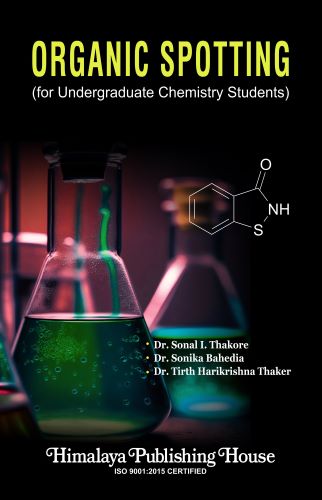
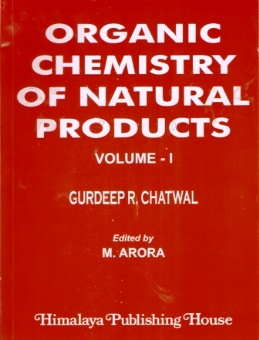
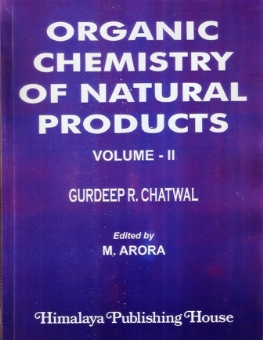
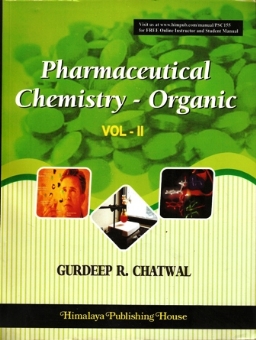

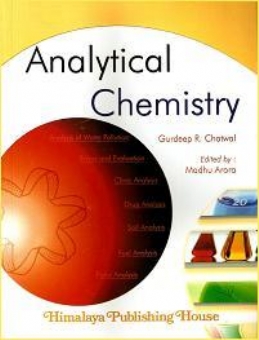
Your review is awaiting approval
Excellent article. I’m experiencing many of these issues as well..
Your review is awaiting approval
It’s really a cool and helpful piece of information. I’m satisfied that you just shared this useful info with us. Please stay us informed like this. Thank you for sharing.
Your review is awaiting approval
This excellent website certainly has all of the info I wanted about this subject and didn’t know who to ask.
Your review is awaiting approval
Great article! We will be linking to this great content on our site. Keep up the great writing.
Your review is awaiting approval
You’re so interesting! I don’t think I have read through anything like that before. So nice to discover someone with some genuine thoughts on this topic. Seriously.. thank you for starting this up. This site is something that is required on the internet, someone with a bit of originality.
Your review is awaiting approval
That is a really good tip especially to those fresh to the blogosphere. Simple but very precise information… Many thanks for sharing this one. A must read post.
Your review is awaiting approval
You should be a part of a contest for one of the most useful blogs online. I’m going to highly recommend this website!
Your review is awaiting approval
sugar defender reviews As somebody who’s constantly been cautious about my
blood sugar level, finding Sugar Protector has actually been an alleviation. I really feel a lot a lot more
in control, and my recent check-ups have revealed positive enhancements.
Understanding I have a trustworthy supplement to sustain my routine provides me
assurance. I’m so grateful for Sugar Defender’s effect on my health
and wellness! sugar defender
Your review is awaiting approval
Much more amazingly, among the features proven on the map of Fu Sang look a lot like geographical anomalies unique to North America, such because the Grand Canyon.
Your review is awaiting approval
Hi there! Do you know if they make any plugins to help with SEO?
I’m trying to get my site to rank for some targeted keywords but I’m not seeing very good gains.
If you know of any please share. Appreciate it!
You can read similar article here: Eco product